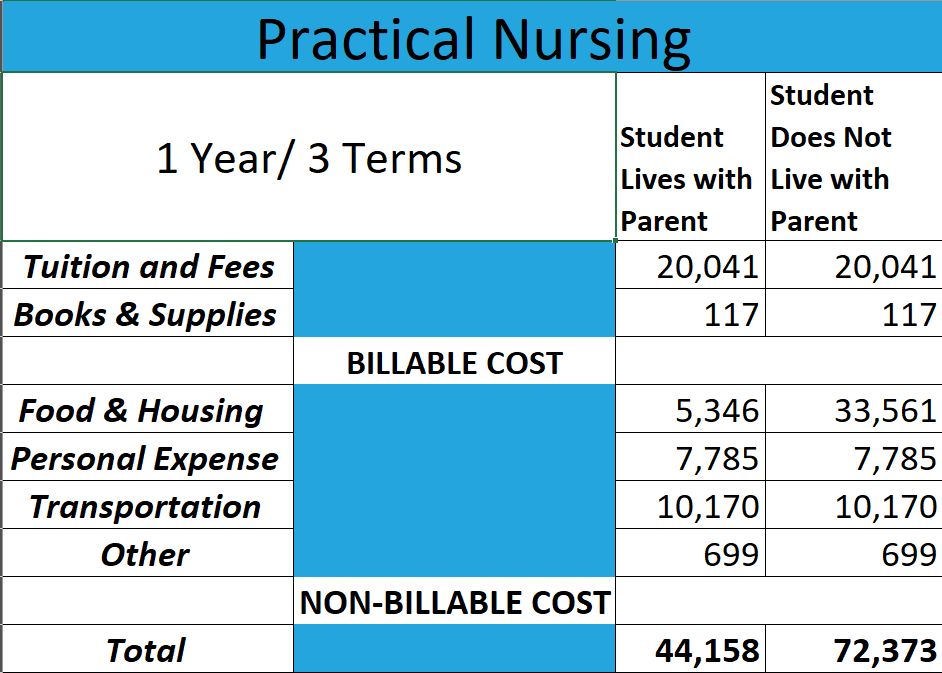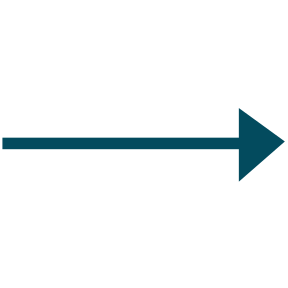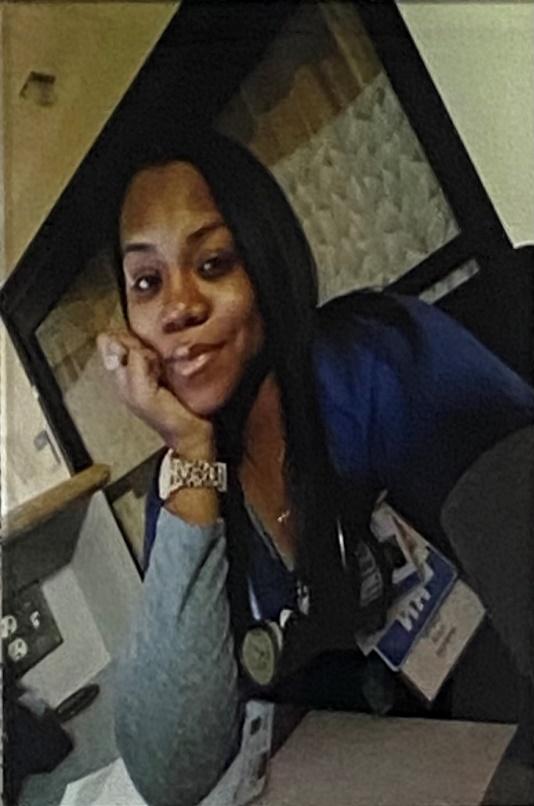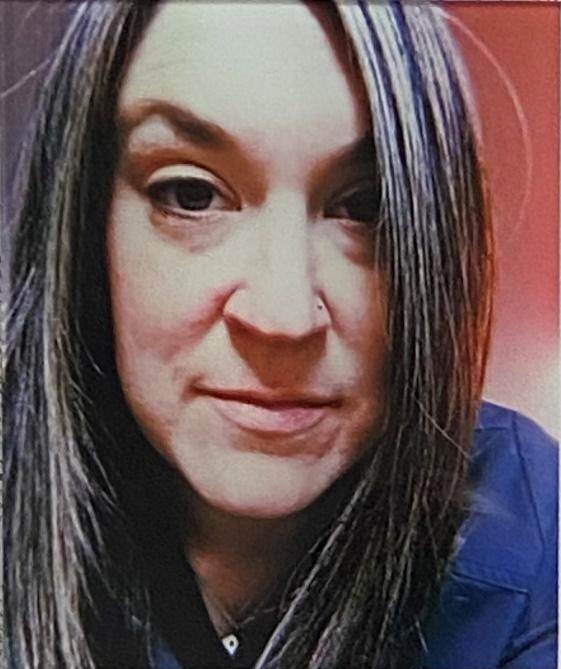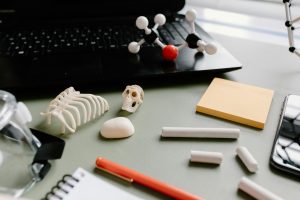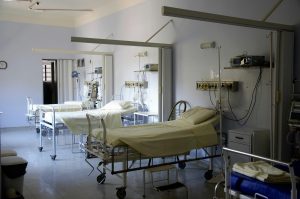Fast-track your practical nursing career
AIAM takes a holistic approach to educating our practical nursing students. As you learn the skills you need to become an LPN, you will also learn basic massage techniques for clinical settings, as well as explore the importance of the mind-body connection in patient health. This unique curriculum helps our nurses better connect and interact with their patients on physical, emotional, and spiritual levels.
As one of the shortest programs of its kind in Ohio, our Practical Nursing program provides students with both classroom learning and real-world experience. You’ll work beside medical professionals at clinical sites across central Ohio and be eligible to earn your PN license in just nine short months.
Our PN program offers small class sizes, one-on-one time with professors, a holistic approach to patient care, and an acute focus on patient psychomotor skills. It’s a program that produces strongly skilled, well-rounded, and compassionate nursing professionals.
